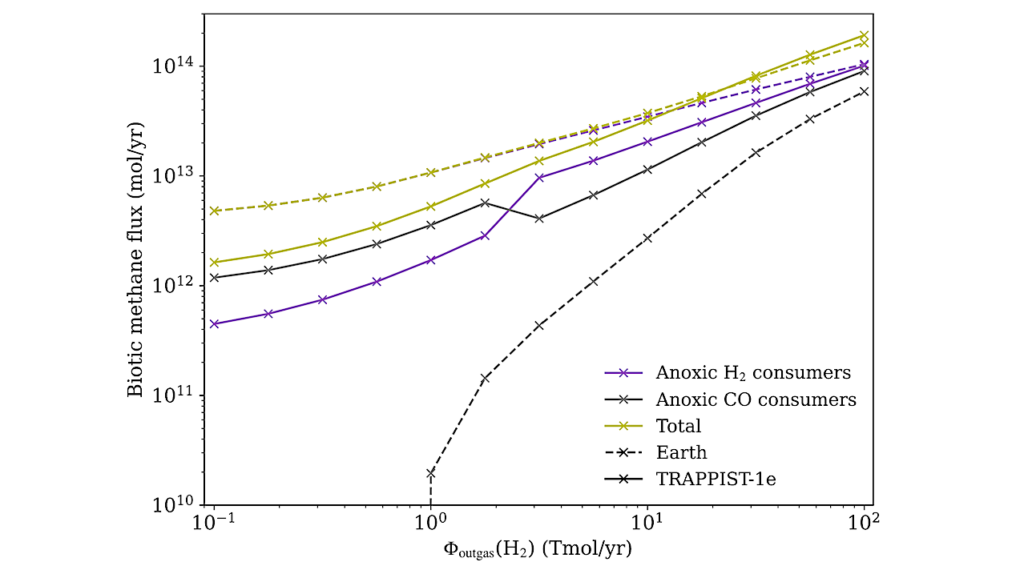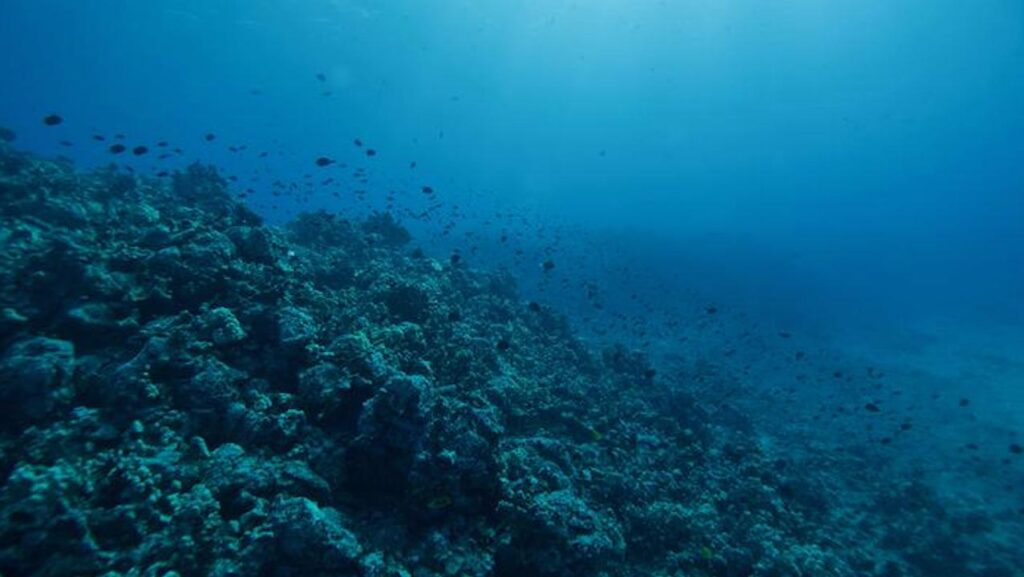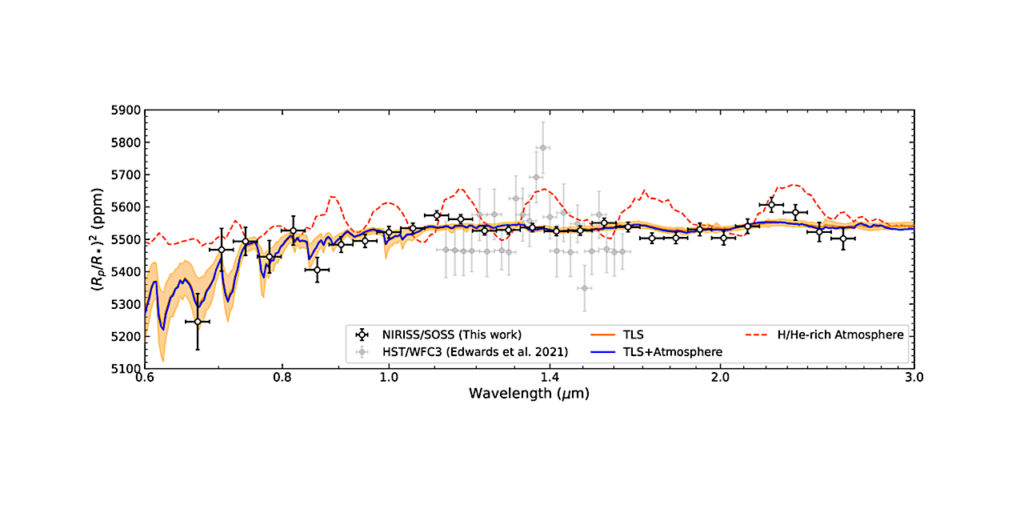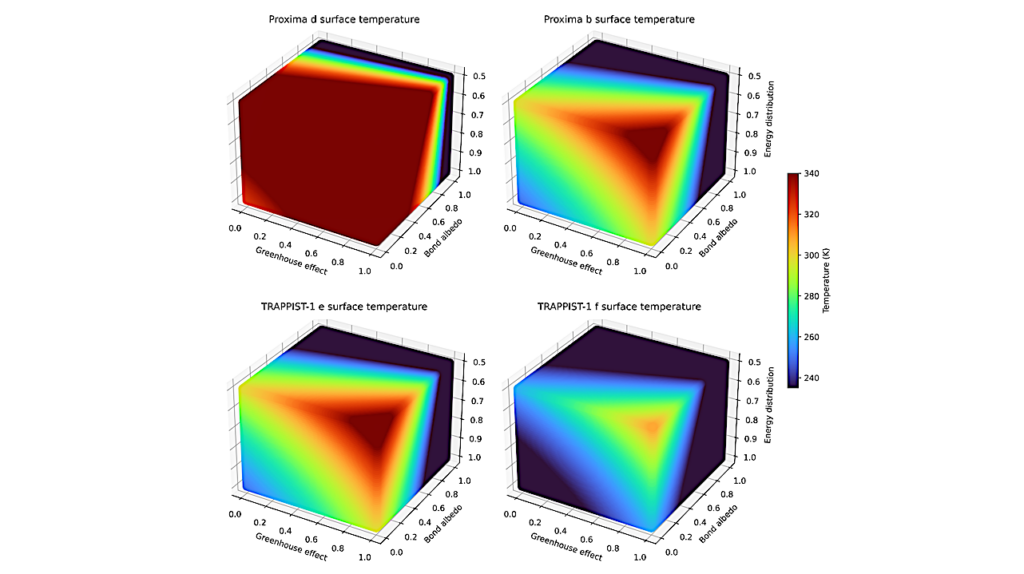TRAPPIST-1 Habitable Atmosphere Intercomparison (THAI). Motivations And Protocol Version 1.0

Upcoming telescopes such as the James Webb Space Telescope (JWST), or the Extremely Large Telescope (ELTs), may soon be able to characterize, through transmission, emission or reflection spectroscopy, the atmospheres of rocky exoplanets orbiting nearby M dwarfs.
One of the most promising candidates is the late M dwarf system TRAPPIST-1 which has seven known transiting planets for which Transit Timing Variation (TTV) measurements suggest that they are terrestrial in nature, with a possible enrichment in volatiles. Among these seven planets, TRAPPIST-1e seems to be the most promising candidate to have habitable surface conditions, receiving ~66 % of the Earth’s incident radiation, and thus needing only modest greenhouse gas inventories to raise surface temperatures to allow surface liquid water to exist.
TRAPPIST-1e is therefore one of the prime targets for JWST atmospheric characterization. In this context, the modeling of its potential atmosphere is an essential step prior to observation. Global Climate Models (GCMs) offer the most detailed way to simulate planetary atmospheres. However, intrinsic differences exist between GCMs which can lead to different climate prediction and thus observability of gas and/or cloud features in transmission and thermal emission spectra. Such differences should preferably be known prior to observations. In this paper we present a protocol to inter-compare planetary GCMs.
Four testing cases are considered for TRAPPIST-1e but the methodology is applicable to other rocky exoplanets in the Habitable Zone. The four test cases included two land planets composed with a modern Earth and pure CO2 atmospheres, respectively, and two aqua planets with the same atmospheric compositions. Currently, there are four participating models (LMDG, ROCKE-3D, ExoCAM, UM), however this protocol is intended to let other teams participate as well.
Thomas J. Fauchez, Martin Turbet, Eric T. Wolf, Ian Boutle, Michael J. Way, Anthony D. Del Genio, Nathan J. Mayne, Konstantinos Tsigaridis, Ravi K. Kopparapu, Jun Yang, Francois Forget, Avi Mandell, Shawn D. Domagal Goldman
(Submitted on 25 Feb 2020)
Comments: Accepted and published in Geoscientific Model Development (GMD)
Subjects: Earth and Planetary Astrophysics (astro-ph.EP)
Journal reference: Geosci. Model Dev., 13, 707-716, 2020
DOI: 10.5194/gmd-13-707-2020
Cite as: arXiv:2002.10950 [astro-ph.EP] (or arXiv:2002.10950v1 [astro-ph.EP] for this version)
Submission history
From: Thomas Fauchez
[v1] Tue, 25 Feb 2020 15:19:18 UTC (1,852 KB)
https://arxiv.org/abs/2002.10950
Astrobiology








